

William Stopford
4 Days Ago
Globally, Mazda is known for ‘going its own way’ with an emphasis on driving pleasure. This hasn't always been the case.

Contributor
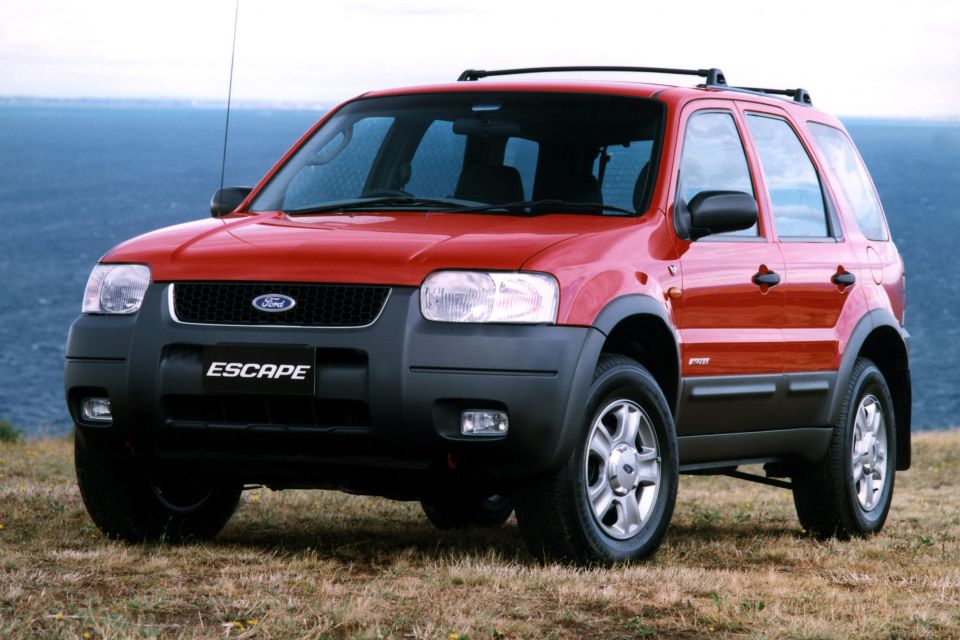

Contributor
Despite being one of the smaller carmakers in Japan, Mazda has punched well above its weight throughout its history, and is known for several iconic models.
The MX-5 is widely credited with single-handedly reviving and perfecting the roadster formula, for example.
It’s equally well-known for pioneering and commercialising the Wankel rotary engine and, through models such as the legendary RX-7, demonstrating what it’s capable of.
Mazda’s involvement with the rotary goes all the way back to 1967 and the Cosmo Sport, and at one point its range included the Mazda Rotary Pickup exclusively for the American market.

Despite years of development, rotary engines have suffered from characteristically high fuel and engine oil consumption.
Fuel was plentiful and cheap in the 1960s, but the early ’70s oil crisis hit the USA hard.
Mazda’s over-reliance on the American market, coupled with its range of thirsty rotary cars, meant it was in dire financial straits by the mid-late 1970s.
Ford came to the rescue as an investor, initially with a seven per cent stake in 1974 and began what would be a partnership that would span more than 40 years.
The initial investment was gradually upped to 24.5 per cent in 1979, and 33.5 per cent in 1995.
The oil crisis began the Ford-Mazda partnership. It took another crisis, the GFC in 2008, to end it.
This time Ford was in a desperate financial situation, and reduced its controlling shareholding to 13 per cent to increase cash on hand, before its remaining shares were sold in 2015.
This partnership resulted in popular duos such as the Ford Laser/Mazda 323, Ford Telstar/Mazda 626, Ford Festiva/Mazda 121, and Ford Escape/Mazda Tribute.
Although these models were all very similar under the skin, there were notable styling differences as well.
The Laser was one of the first children the first fruit of Ford’s partnership with Mazda, based on 323 compact model (also known as the Familia).
Sold in Australia over five generations from 1981 to 2002, the Laser and its 323 cousin generally shared an identical powertrain and chassis, but differentiated themselves with different interior and exterior styling.
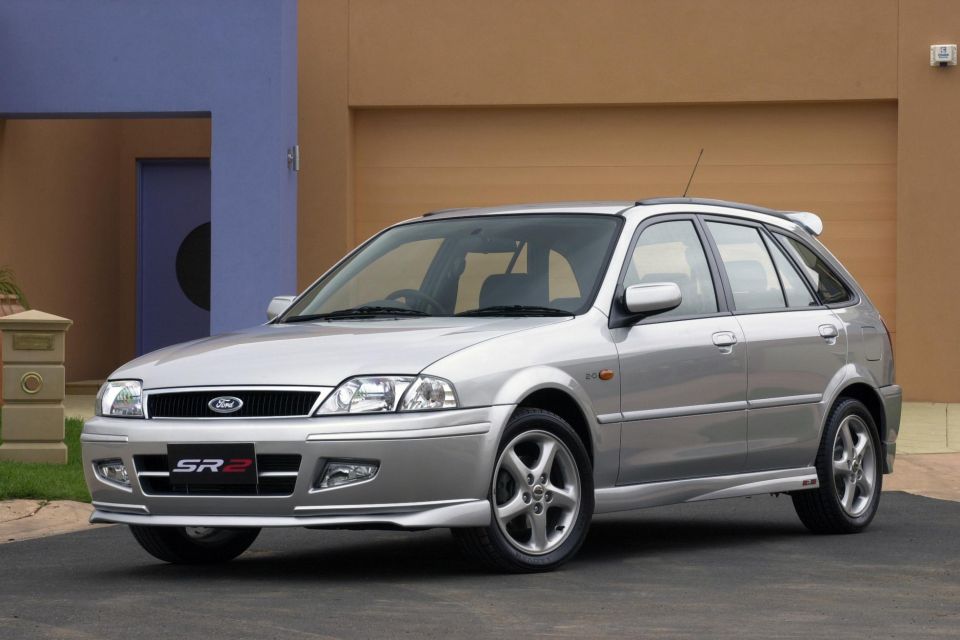
Available in both sedan and hatchback formats, the initial KA Laser replaced the Escort in Ford Australia’s line-up, and kicked off with a simple 1.1L four-cylinder engine that incorporated a carburettor to produce just 41kW, shared with the basic Mazda 323 at the time.
With Ford being perceived as a local brand, and several generations of the Laser being assembled locally, the model outsold its 323 counterpart by a substantial margin.
Nevertheless, declining sales led Ford to replace the Laser with the European Focus towards the end of 2002.
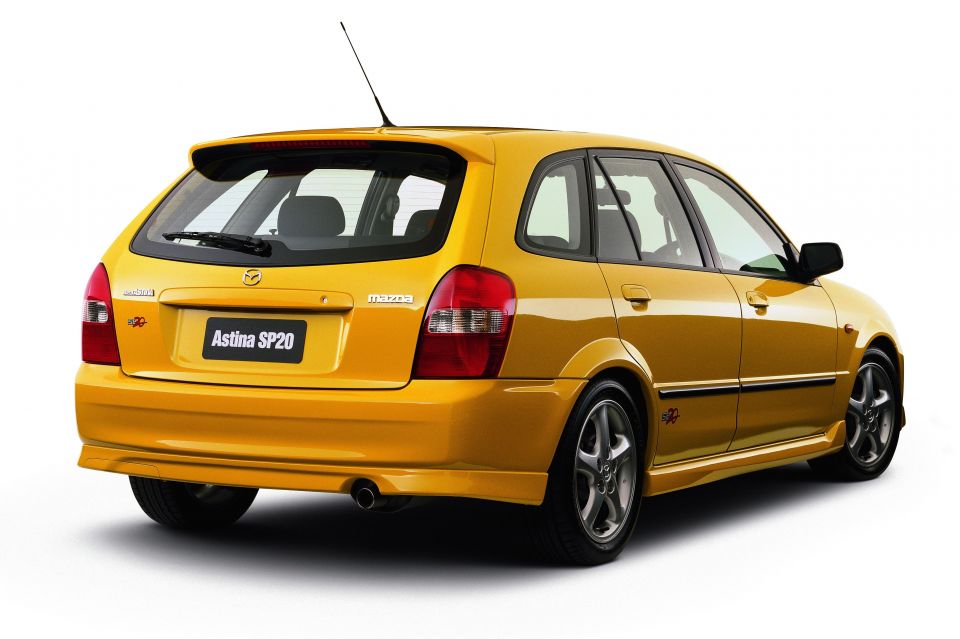
Sitting about the 323 in Mazda’s lineup was the 626. Known in Japan as the Cappella, it was sold in Australia from 1979 to 2002.
Ford’s equivalent shared the same chassis and was known as the Telstar, named after the series of communications satellites orbiting the earth to provide phone and television services.
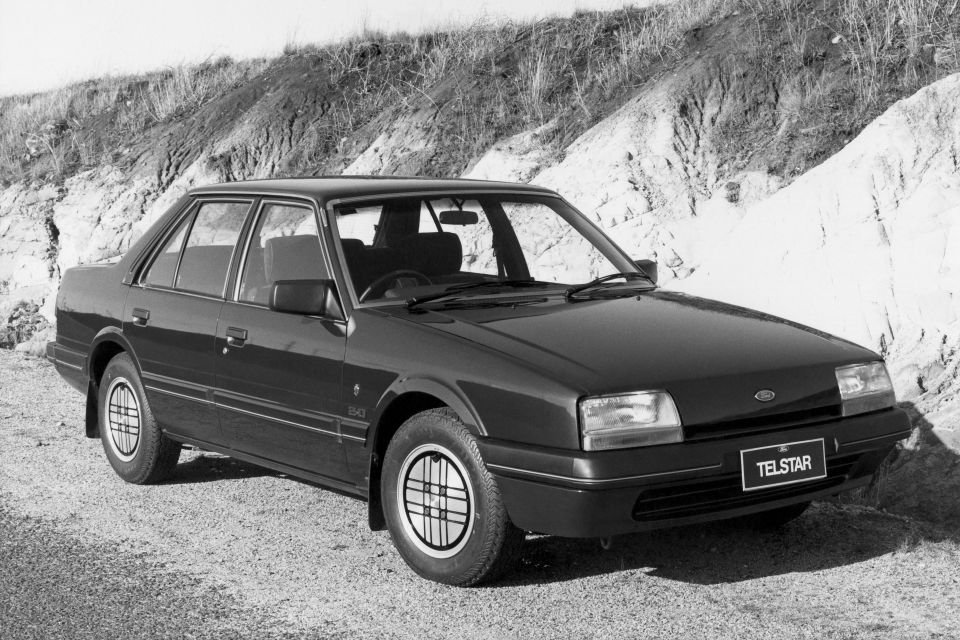
Similarly to the 323/Laser duo, the Telstar and 626 differed in their interior and exterior styling.
In Australia, the Telstar was available from 1982 until 1997, by which time it was based on the fifth-generation 626.
Notably, the Telstar and 626 in their later iterations used small-displacement V6, with both vehicles available with 2.0L and 2.5L short-stroke, all-aluminium V6 engines redlined at 7000rpm.
Available body styles included the traditional four door sedan, as well as a five-door ‘liftback’ and station wagon options.
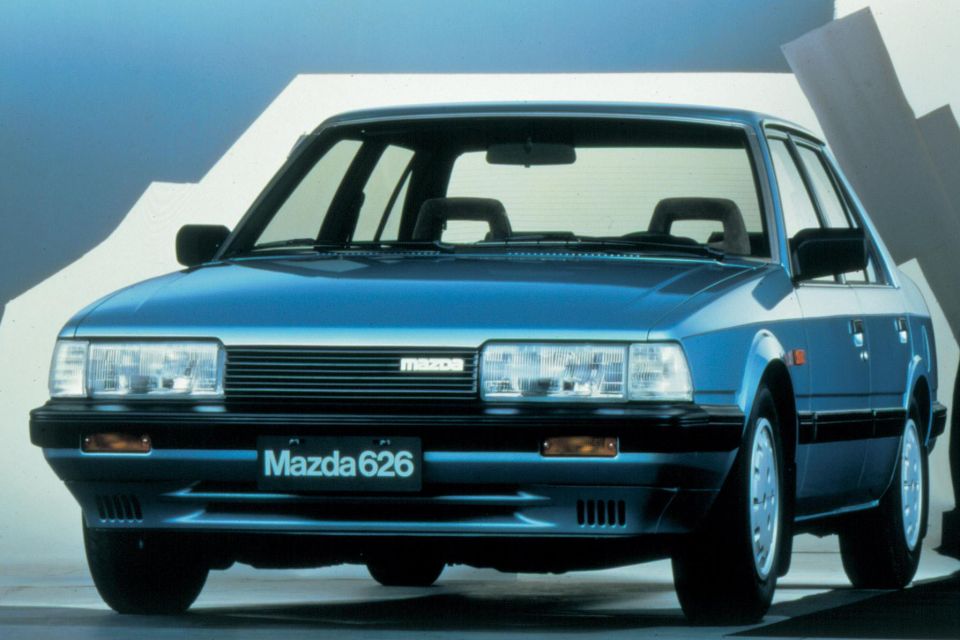
Mazda’s 121 sedan sold from 1990-1998 is well-known in enthusiast circles as the ‘bubble car’, with its combination of bright colours and a jellybean-style profile.
The 121 also shared its bones with the more drab Ford Festiva hatchback.
Australian sales of the 121 commenced in 1987, with the Ford alternative joining the party from late 1991. Both models shared the same 1.1 and 1.3-litre engines, paired to an optional three-speed automatic or standard five-speed manual.
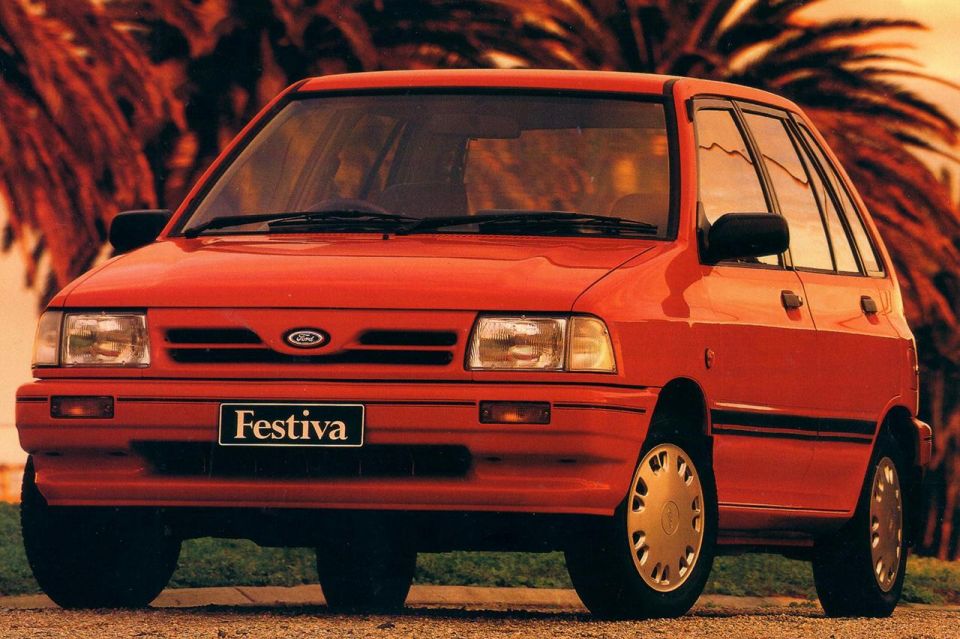
Interestingly, although both the Festiva and 121 were identical under the skin, they were produced in different factories.
Ford Festiva manufacture was contracted to Kia, and examples sold in Australia were directly imported from South Korea. Meanwhile, the Mazda 121 was shipped directly from Japan.

The Toyota RAV4 and Honda CR-V/HR-V found significant success in the late ’90s.
Ford and Mazda both wanted in on the action, and decided the most efficient course would be to take 626 underpinnings and modify them slightly for SUV duty.
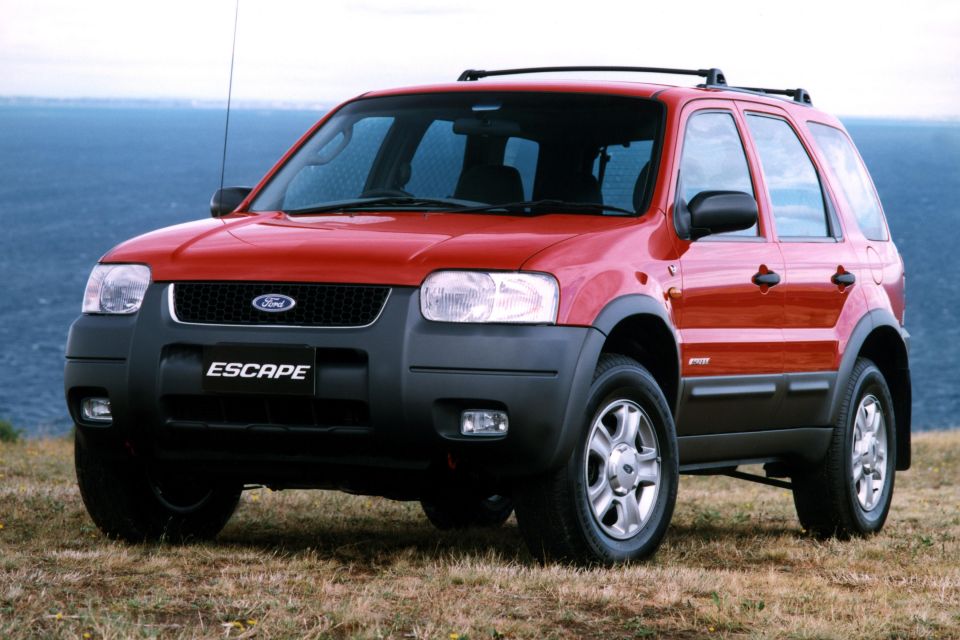
The resulting products were the Mazda Tribute and Ford Escape, and both could be equipped with an all-wheel drive system that engaged the rear wheels when sensors detected a loss of traction.
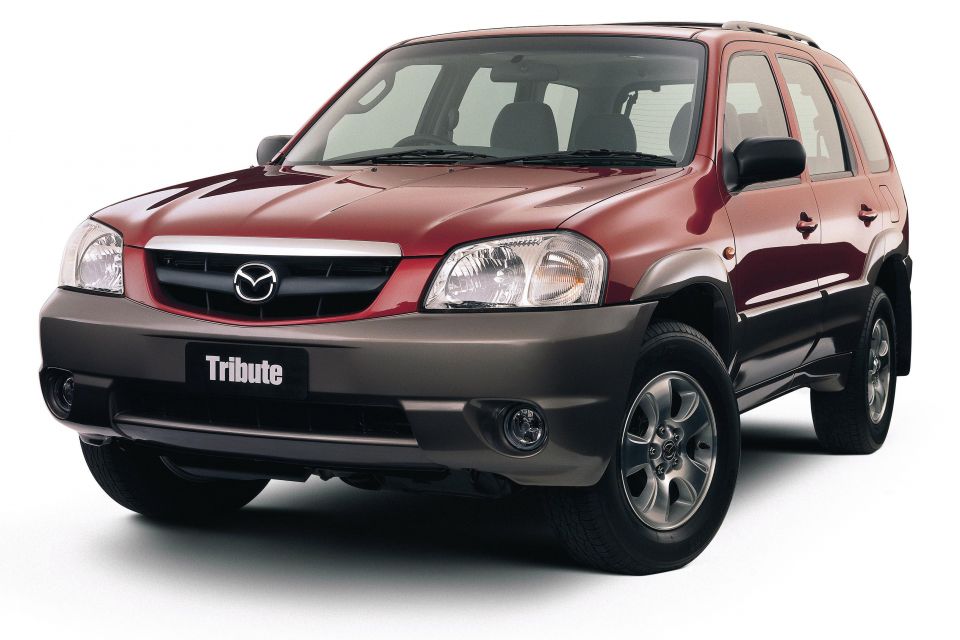
Offering the same Ford-sourced engines, either a 2.0L inline-four or a 3.0L V6, the Mazda featured slightly tauter suspension to highlight its road-biased driving dynamics, although both models had a surprising amount of off-road capability.


William Stopford
4 Days Ago


James Wong
3 Days Ago
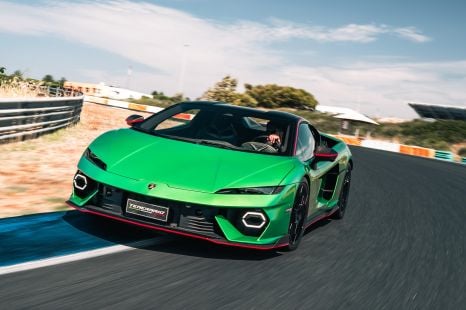

Alborz Fallah
2 Days Ago


Andrew Maclean
2 Days Ago
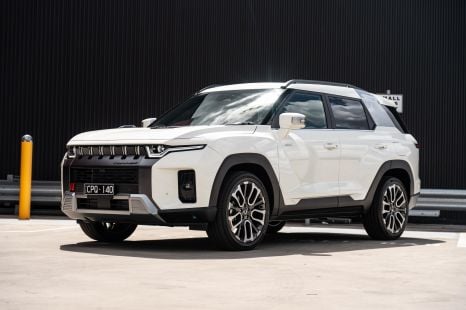

Max Davies
1 Day Ago
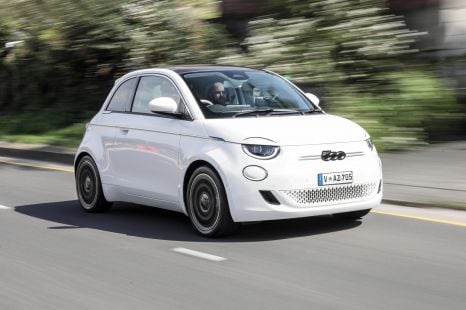

Damion Smy
1 Day Ago